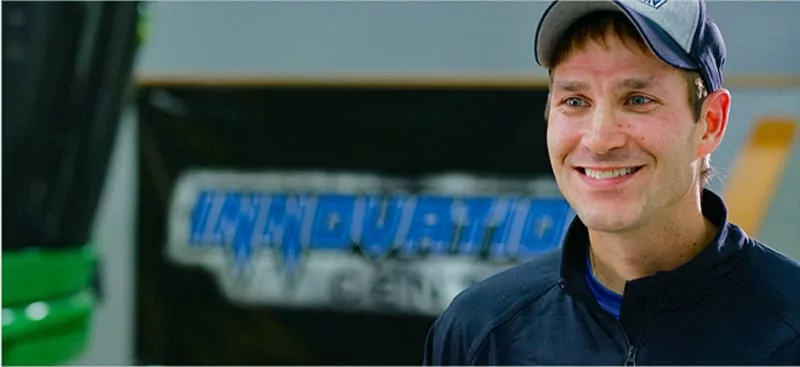Scaling pre-season spring planting projects is as much an art as it is a science for Lance Larsen, precision service coordinator with Agtegra, a 5,000-plus farmer cooperative based in Aberdeen, S.D., and 2014 Most Valuable Dealership.
But with planters getting ready to roll throughout Larsen’s service area, he and the nearly 20 precision specialists are finding some parts to be scarce as suppliers encounter delays due to the coronavirus pandemic.
While Larsen estimates 75-80% of planter projects — including down force and fertilizer application systems — are completed, there are still planters parked in Agtegra’s shops awaiting parts.
Larsen says there are about 4 planters that need to be completed in his home location of Bath, S.D. “In a lot of cases, it’s just some of the little pieces we need to complete the job and our vendors are waiting on their end for those parts to come in,” he says. “Instead of waiting for complete kits, we’re ordering what’s available and doing as much as we can until the rest arrives.”
Timetables for those parts are fluid — from next day arrival to a couple weeks out — putting pressure on Larsen and the precision team to communicate with customers the reality of the situation. Farmers are understanding, given the circumstances, but Larsen also says Agtegra has proactively planned for ongoing parts shortages.
One example he shares is getting an email from one of their larger local precision suppliers, about a possible disruption in distribution, due to one of the employees in the manufacturing facility contracting coronavirus.
“They were very upfront, but let us know they may have to halt production for days, weeks or months as a precaution,” Larsen says. “We sell quite a bit of their product, so we put in a huge order to have parts on hand throughout the growing season. We’ve allocated them to 3 different locations, which are accessible to employees if they need to pick up and deliver them to customers.”
Typically, Larsen says their locations won’t stock much precision inventory into the growing season, understanding that the shelf life of precision technology is limited. But rather than risk not having a part or component that a customer needs, Larsen says they made the calculated decision to overstock some inventory.
“We’ve got enough of some things to last us until early-order this fall, but I do not want to have a conversation with a customer who breaks down in the field telling him we don’t have a part and we don’t have a timeline for when it will be available."




![[Technology Corner] Autonomy & Robotics Take Center Stage](https://www.precisionfarmingdealer.com/ext/resources/2026/01/12/Autonomy--Robotics-Take-Center-Stage.webp?height=290&t=1768253759&width=400)


